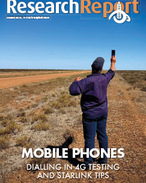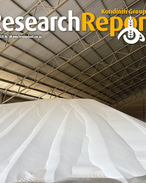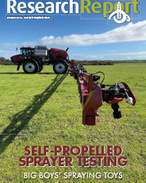This article is 7 years old. Images might not display.
Stimulated by moisture, snails are becoming active after summer dormancy, presenting the opportunity for growers to commence baiting.
Baiting is most effective when snails are actively feeding but before they commence mating and egg-laying, according to experts supported by the Grains Research and Development Corporation (GRDC).
Entomologist Helen Brodie, from the South Australian Research and Development Institute (SARDI), a division of Primary Industries and Regions SA, said snail movement has been recently observed.
“Even though conditions have been mostly dry to date this year, snails have been observed becoming mobile in response to light rain events and overnight dews in parts of South Australia since March,” Brodie said.
“Baiting programs should target snails as soon as they become active and before reproduction – therefore, now is the time to act.”
Trials conducted over the past three years by SARDI as part of a GRDC research investment have shown that the reproductive organs of snails begin to mature from late March onwards, and then most reproductive activity occurs from late April to July.
Brodie said baits are not inherently attractive to snails, therefore baiting performance relies on snail activity which determines the chance of snails encountering and consuming bait pellets. At this time of year, even light showers or overnight dews are sufficient to stimulate movement.
“Ideal conditions for baiting are periods when the soil is likely to remain moist for several days. Baiting can be carried out anytime snails are active. However, current research is supporting autumn as the best time to bait for several reasons.
“Firstly, preventing adult snails from laying eggs is critical in reducing population growth. Juvenile snails are generally more difficult to control using baits due to reduced movement and bait encounter. Secondly, SARDI laboratory trials have found higher efficacy (against both snails and slugs) when baits are applied under warmer temperatures within the range we tested (10 degrees Celsius to 22 degrees C). And finally, baiting is most efficient when there is less ground cover and alternative food – the presence of crop plants and weeds at later times during the year reduces bait encounter.”
To ensure snails are likely to encounter pellets, use the appropriate rate according to the label. Snail and slug baiting guidelines are available at http://www.pir.sa.gov.au/__data/assets/pdf_file/0004/286735/Snail_and_slug_baiting_guidelines.pdf.
Brodie said calibration of the bait spreader is needed to ensure effective application.
“Don’t assume your spreader is distributing bait pellets evenly. Research by the Yorke Peninsula Alkaline Soils Group and SARDI showed that spreaders calibrated for other applications (such as urea) may not broadcast baits as widely as expected, while ute spreaders often distribute the pellets unevenly.
“Different bait products have different hardness and ballistic properties. It is recommended that bait spreaders be professionally calibrated to ensure even broadcast of the target pellet density over the entire spread width. Bait spreaders can fragment pellets during application, which can reduce the number of effective baits.”























